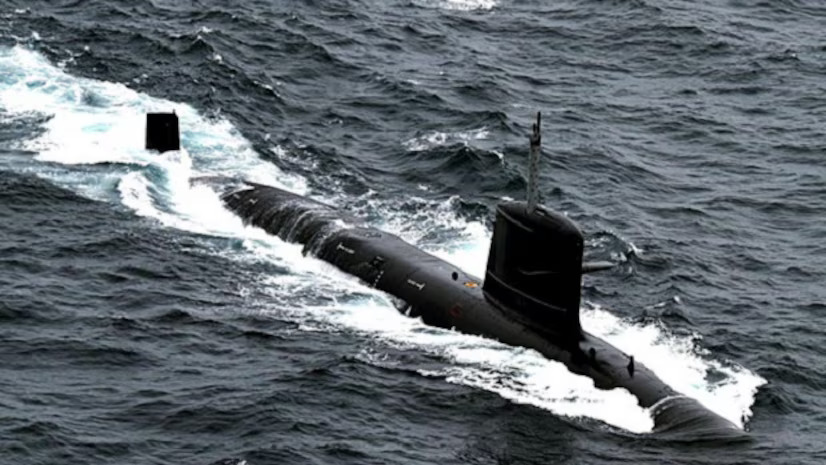UK Strategic Plan to Spend £100 Million on AI Challenges
As technology continues to evolve at an exponential rate, governments around the world are increasingly recognizing the importance of investing in the responsible development and regulation of artificial intelligence (AI). The United Kingdom, in particular, has announced plans to allocate over £100 million towards addressing the challenges posed by AI. This significant investment comes on the heels of recent developments within the European Union (EU), where member countries have reached an agreement on certain aspects of the AI Act.
Funding Research Hubs for Responsible AI Development

Image Source: bloomberg.com
The UK government’s initiative includes the establishment of nine new research hubs across the country, with a focus on fostering the development of responsible AI. These hubs will serve as centers of expertise, spanning various disciplines such as healthcare, chemistry, and mathematics. By investing in these research hubs, the UK aims to bolster its capabilities in harnessing AI technology for the benefit of society while mitigating potential risks.
Part of the funding will also be allocated towards supporting regulators in adapting to the challenges posed by AI. Regulators will receive resources and tools to effectively monitor and address risks associated with the deployment of AI across different sectors, including telecommunications, healthcare, finance, and education. This proactive approach underscores the UK government’s commitment to staying ahead of the curve as AI continues to shape various industries.
Empowering Regulators and Promoting Innovation
While the UK has already made strides in AI regulation, there is a recognition of the need to further equip regulators for the age of AI. By providing them with the necessary skills and resources, regulators can respond swiftly to emerging risks while fostering an environment conducive to innovation and growth. This agile regulatory framework aims to strike a balance between ensuring safety and promoting technological advancement.
Michelle Donelan, MP, Secretary of State for Science, Innovation, and Technology, emphasized the transformative potential of AI in improving public services and driving economic growth. By embracing an agile, sector-specific approach to regulation, the UK is positioning itself as a global leader in reaping the benefits of AI safely and responsibly.
Collaborative Efforts and International Engagement
The UK’s commitment to addressing the challenges of AI extends beyond domestic initiatives. Collaborative efforts, such as hosting the world’s first major AI Safety Summit and endorsing the Bletchley Declaration, underscore the importance of international cooperation in regulating AI. Furthermore, recent developments within the EU, culminating in the agreement on the AI Act, highlight the global momentum towards establishing clear guidelines for the ethical and responsible use of AI.
In conclusion, the UK’s investment of over £100 million in tackling the challenges posed by AI reflects a proactive approach towards harnessing the potential of this transformative technology while safeguarding against potential risks. By fostering research, empowering regulators, and promoting international collaboration, the UK is poised to lead the way in shaping the future of AI for the benefit of society.

I am a law graduate from NLU Lucknow. I have a flair for creative writing and hence in my free time work as a freelance content writer.




